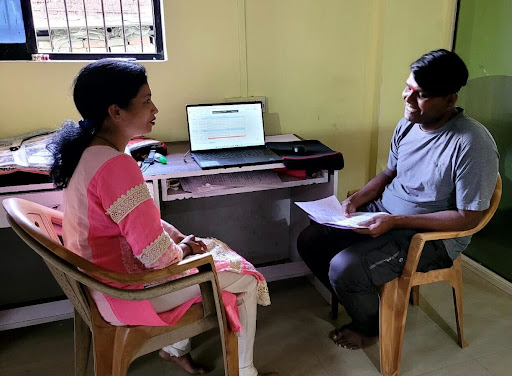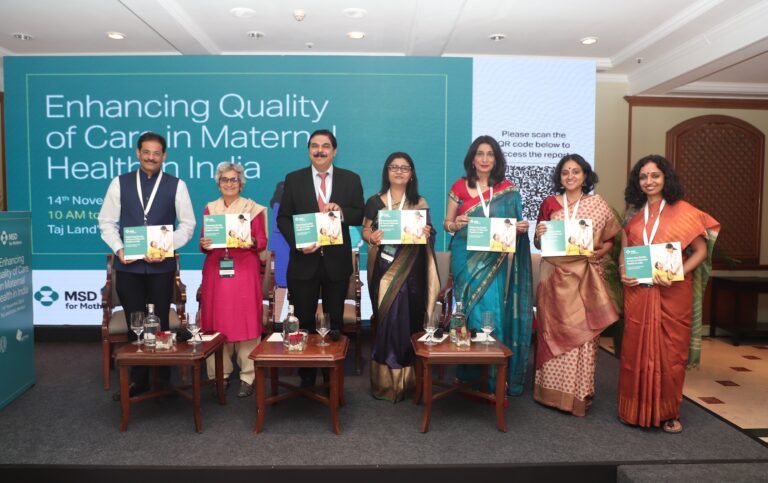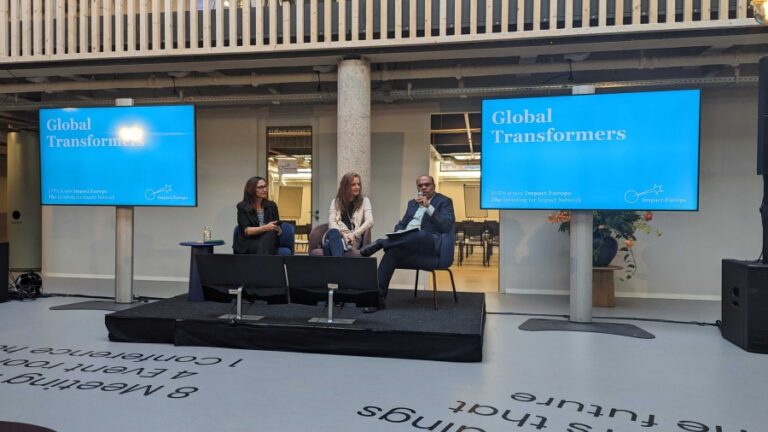By Arya Nambiar
Community Led Monitoring (CLM) is a programme that is being implemented in Delhi, Maharashtra, and Telangana to improve HIV service delivery and, in turn, public health outcomes in these areas.
CLM recognises people affected by HIV as key partners in its fight against HIV and TB. By engaging communities in every step of project planning, assessment, and implementation, CLM provides an opportunity for them to be part of an effective HIV programme and to be empowered to take a stand, voice their opinions and strengthen community systems.
CLM is designed to empower people living with HIV (PLHIV) and key populations (KP) through better awareness, greater social inclusion and improved participation and accessibility in HIV service delivery. Community Champions (CCs) play a key role in making this happen. CCs are members of CLM’s key populations who liaise with other stakeholders in the programme to achieve a common set of objectives that lead to improved HIV service delivery and over time, the creation of a second line of leadership.
In the fight against HIV, CCs are torchbearers who work hard to lead their communities towards sustainable and equitable change. In CLM’s model, CCs are essential to the fight against HIV because they serve as a bridge between their communities – which include PLHIV, HRGs – and other stakeholders involved in the programme, such as the programme implementers (Sattva, government decision-makers and service providers). CCs understand the challenges faced by members of their communities, and they use this understanding to build rapport and help people feel comfortable expressing their concerns. This is essential for collecting accurate and honest feedback from HIV service users.
Recognising that a crucial step in creating a sustainable response is empowering CCs, the Empowerment Tool was developed to gain insight into how empowered they feel while working towards a shared goal of improving comprehensive HIV service delivery. These insights help understand what support they require to efficiently serve as a second line of leadership to their communities efficiently.
The Empowerment Tool is a survey that measures CC empowerment based on five parameters:
Awareness
This parameter assesses how much CCs know about the programme, its goals and objectives, and how much their knowledge of HIV has improved since becoming a part of the programme. It also assesses how the program is helping HIV service users learn more about HIV prevention, treatment and care.
Personal Fulfillment
An important component of the Empowerment Tool, this measures how much personal satisfaction CCs derive from their pivotal role in the programme and the influence they have on their own communities, as well as other key populations.
Social Inclusion
This parameter gauges if CCs are able to receive equal opportunities and feel included in society as a result of their involvement in CLM. It evaluates how comfortable they and their communities are about openly discussing matters related to HIV, and if they feel stigmatised and discriminated against or if they feel a sense of belonging in society. This area also notes if a change has been noticed in the attitude of service providers towards HIV service users.
Voice and Participation
This parameter examines how the opinions of CCs are taken into account and how comfortable CCs feel seeking help from senior members involved in the programme. It also assesses if community members are able to voice their opinions through the programme.
Accessibility
This area is focused on understanding if CLM has helped CCs gain increased and improved access to HIV services.
After the first round of CLM:
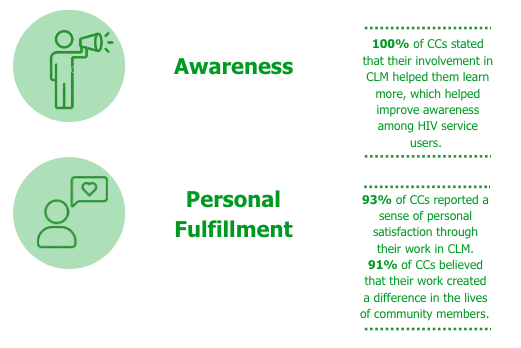

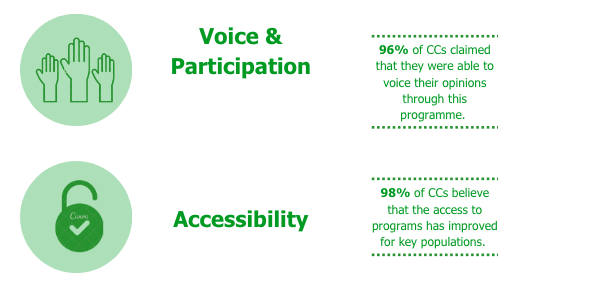
The Empowerment Tool is administered every six months, at the end of every round of the programme. It helps identify areas where CCs may need more support, to help them reach their full potential, so that they can excel in their roles as CCs and eventually as second line leaders, while also contributing to the enhancement of HIV service delivery in real time.
*As of August 2023
————-
Understand the CLM programme better with more such resources:
- Achieving Impact in Round 1
- A Case Study on the CLM Programme
- Democratising HIV Care
- HIV Positive and Homeless: The Effect of HIV Stigmatisation
- The Impact of Stigma on Health Outcomes
Sattva has been working with various non-profits and social organisations as well as corporate clients to help them define their social impact goals. Our focus is to solve critical problems and find scalable solutions. We assist organisations in formulating their long-term social impact strategy by strategically aligning with business to provide meaningful solutions to social issues.
Write to us: impact@sattva.co.in
